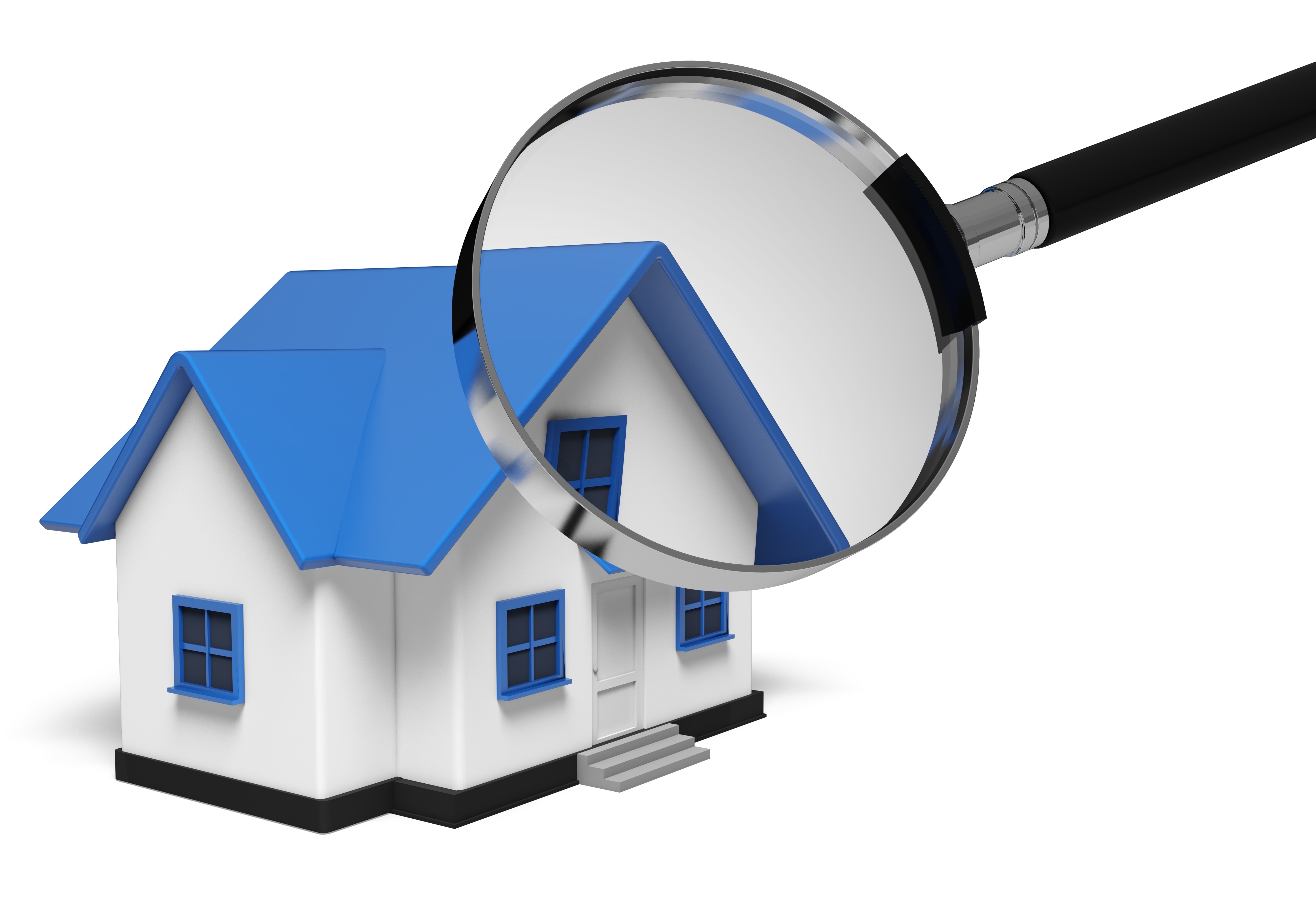
Making Sense of the Appraisal ProcessAcquiring real estate is the biggest transaction most people may ever consider. Whether it's a main residence, an additional vacation property or one of many rentals, the purchase of real property is a complex financial transaction that requires multiple parties to pull it all off. Most of the people participating are very familiar. The most known person in the transaction is the real estate agent. Next, the mortgage company provides the money required to bankroll the exchange. And ensuring all requirements of the exchange are completed and that a clear title transfers from the seller to the purchaser is the title company. So, who makes sure the value of the real estate is in line with the purchase price? This is where the appraiser comes in. We provide an unbiased opinion of what a buyer could expect to pay — or a seller receive — for a property, where both buyer and seller are informed parties. A licensed, certified, professional appraiser from Dupont Appraisals will ensure, you as an interested party, are informed. Appraisals start with the property inspectionOur first responsibility at Dupont Appraisals is to inspect the property to ascertain its true status. We must see features hands on, such as the number of bedrooms and bathrooms, the location, amenities, etc., to ensure they truly exist and are in the shape a reasonable person would expect them to be. The inspection often includes a sketch of the house, ensuring the square footage is proper and illustrating the layout of the property. Most importantly, we identify any obvious amenities - or defects - that would affect the value of the property. Once the site has been inspected, we use two or three approaches to determining the value of real property: a sales comparison, a replacement cost calculation, and an income approach when rental properties are prevalent. 
Replacement CostThis is where the appraiser pulls information on local construction costs, labor rates and other elements to ascertain how much it would cost to construct a property nearly identical to the one being appraised. This estimate commonly sets the upper limit on what a property would sell for. The cost approach is also the least used method. 
Paired Sales AnalysisAppraisers can tell you a lot about the subdivisions in which they appraise. They innately understand the value of certain features to the people of that area. Then, the appraiser researches recent sales in the neighborhood and finds properties which are 'comparable' to the home being appraised. Using knowledge of the value of certain items such as upgraded appliances, additional bathrooms, additional living area, quality of construction, lot size, we adjust the comparable properties so that they are more accurately in line with the features of subject property.
An opinion of what the subject might sell for can only be determined once all differences between the comps and the subject have been evaluated. When it comes to valuing features of homes in Wichita and Sedgwick, Dupont Appraisals can't be beat. This approach to value is commonly awarded the most consideration when an appraisal is for a real estate sale. Valuation Using the Income ApproachIn the case of income producing properties - rental houses for example - the appraiser may use a third way of valuing a property. In this case, the amount of revenue the real estate generates is factored in with income produced by neighboring properties to determine the current value. Coming Up With The Final ValueExamining the data from all approaches, the appraiser is then ready to stipulate an estimated market value for the property in question. The estimate of value at the bottom of the appraisal report is not necessarily what's being paid for the property even though it is likely the best indication of a property's valueDepending on the individual situations of the buyer or seller, their level of urgency or a buyer's desire for that exact property, the closing price of a home can always be driven up or down.But the appraised value is typically employed as a guideline for lenders who don't want to loan a buyer more money than the property is actually worth. Here's what it all boils down to, an appraiser from Dupont Appraisals will help you discover the most accurate property value, so you can make wise real estate decisions. |